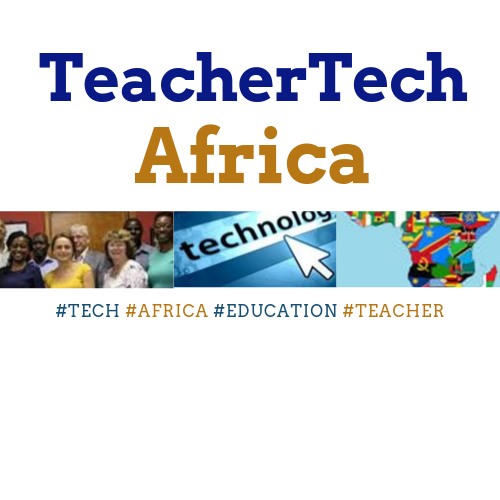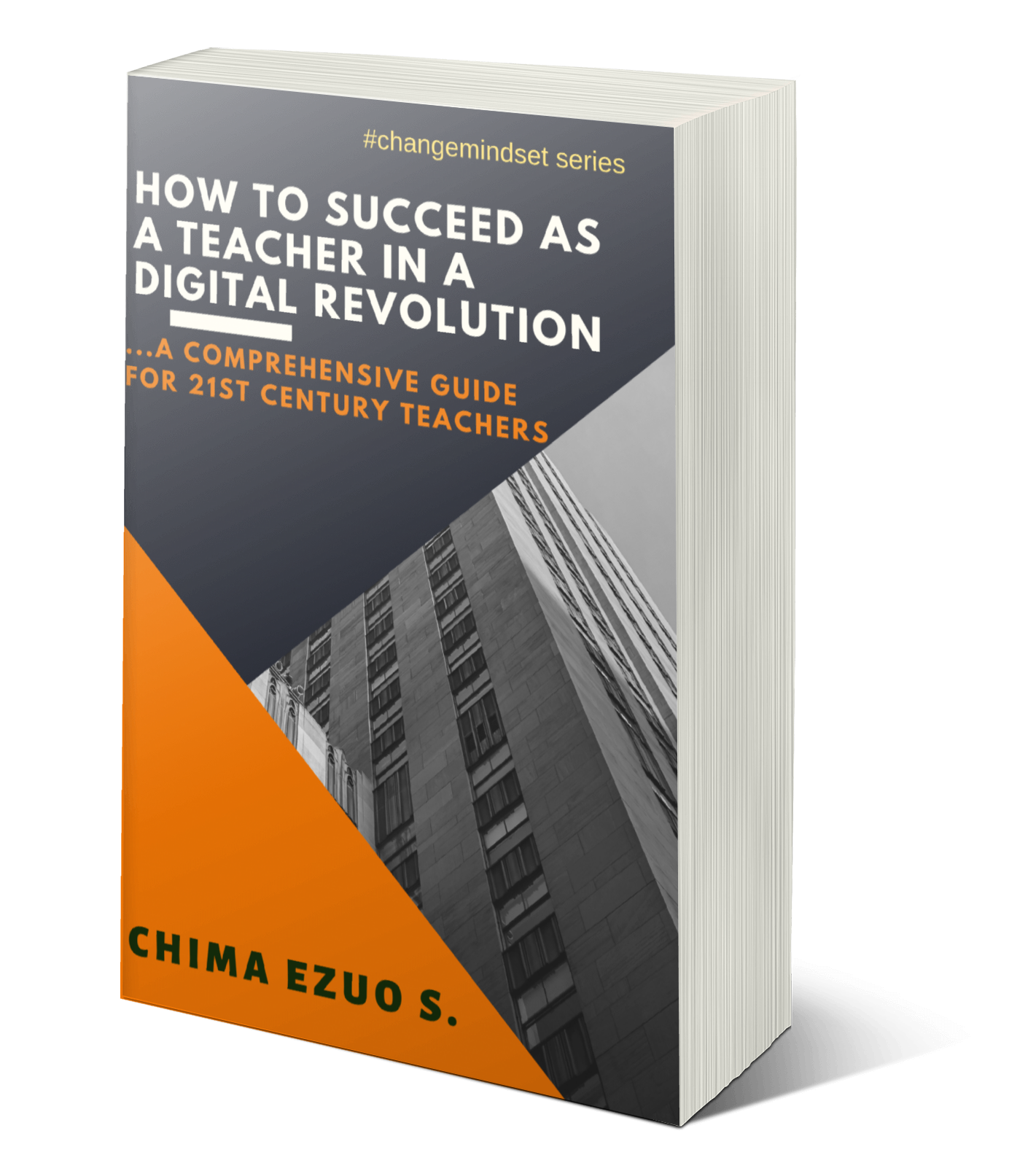Video by Rentown.net
In this context, digital literacy integration can be said to be same with a technology-driven classroom. In this post, we'll use the two terms as same.
Now the question is: In what ways can digital literacy integration in schools benefit the cause of students? There is need for us to address this, at least to win the war over the critics of modern technology implementation in the classroom.
Technology has its own ills, but here we try to look at how it has nonetheless serve the good of our students.
1. Self-paced lesson
Never at any time has lesson delivery been so all-encompassing than this period of technology-driven education. Today, when technology is employed in the classroom, say as a flipped classroom model, students of all learning abilities and group can easily learn at their own pace.
A child who can't grab everything during the class hour can still go back home and watch that video, visit that blog site, just name it. In fact, such children are even encouraged to study ahead of the class.
2. Participatory learning
Gone are the days when teachers take centre stage in every classroom delivery- dishing out personalized intellectual contents while the children look on in bewilderment. The table are rather turning today. Students are now reading ahead, as a result of having instant access to latest information. It also benefits teachers more as their job is made easier dealing with more-informed students.
Today's children are active participants in classroom engagement; no small thanks to the integration of digital literacy.
3. Immediate teacher and student feedback
Technology offers a platform for immediate teacher-student feedback. Learning as well as assessment can be processed from a clear-cut distance between the teacher and the students, with yet an instant feedback.
I remember using Microsoft Onenote in administering examination for my students those days. While the children are writing the exam, I can easily see at an instance, the progress made by each child so far. I could as well decide to start grading them; and each child would instantly see the grade while still working. How wonderful!
This is the same reason why today, some Exam bodies are releasing students' results just few hours after they dropped their pens- something that took months to get ready in the last few years.
4. Skill development
Students who are making use of technology develop lifetime skill doing that. Everything about digital literacy is a lifetime skill development. Students develop critical thinking abilities needed to survive in their world, where skill is the key to survival.
5. Distant Learning
Digital literacy integration now offers students the opportunity to learn from anywhere, not only from their classroom teachers, but also from other teachers from around the globe.
There is no more constraint of time and distance. If a child misses a class for a genuine reason, lesson can still be sent across to him in real time or to be accessed at a more convenient time. Think of how this makes life easier for both teachers and students.
6. Team work and mutual collaboration
7. Global Connection
One thing technology has done for today's children is making them less reliant on the teacher's lecture-like deliveries. Today's students working with their gadgets tend to seek for solution more form their peers when they encounter problems, than they do with their teachers. This promotes shared ideas, thereby encouraging team work and collaboration needed for life survival in this century.
Technology gives students an opportunity to explore the world beyond their immediate environment. The cross-cultural interactions technology offers to students empowers them to dream of ways they can facilitate a global change. They learn from peers from other part of the world as well as share what they know with others. Nothing promotes real learning like this.
The list is quite endless; digital literacy integration has really helped in no little way to improve learning among students in this century; and will hopefully keep doing that in the centuries ahead.
However, this does not take away from the fact that technology has its own challenges. We hope to address that in our next post.
The list is quite endless; digital literacy integration has really helped in no little way to improve learning among students in this century; and will hopefully keep doing that in the centuries ahead.
However, this does not take away from the fact that technology has its own challenges. We hope to address that in our next post.















No comments:
Post a Comment
Share your thoughts...